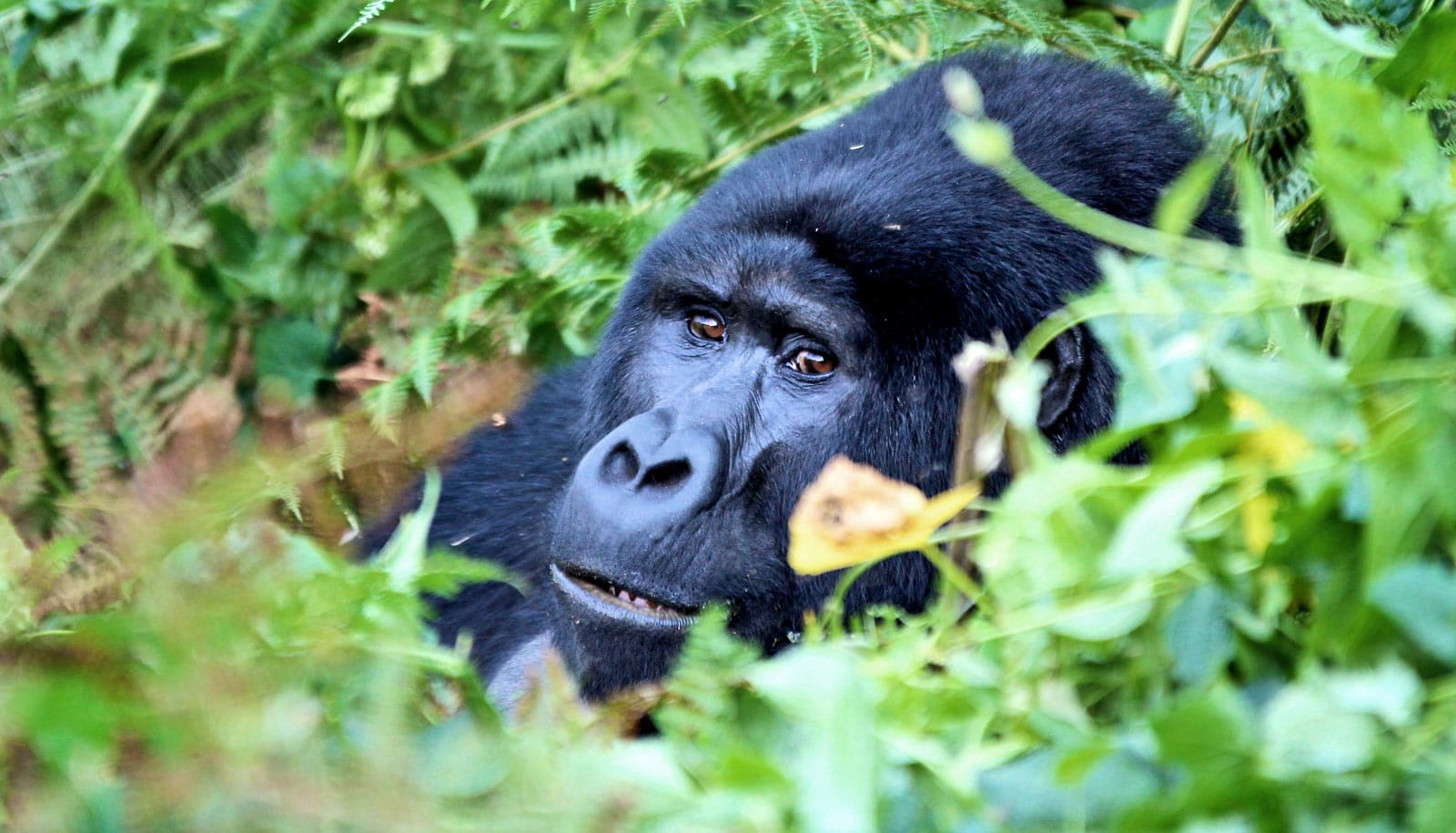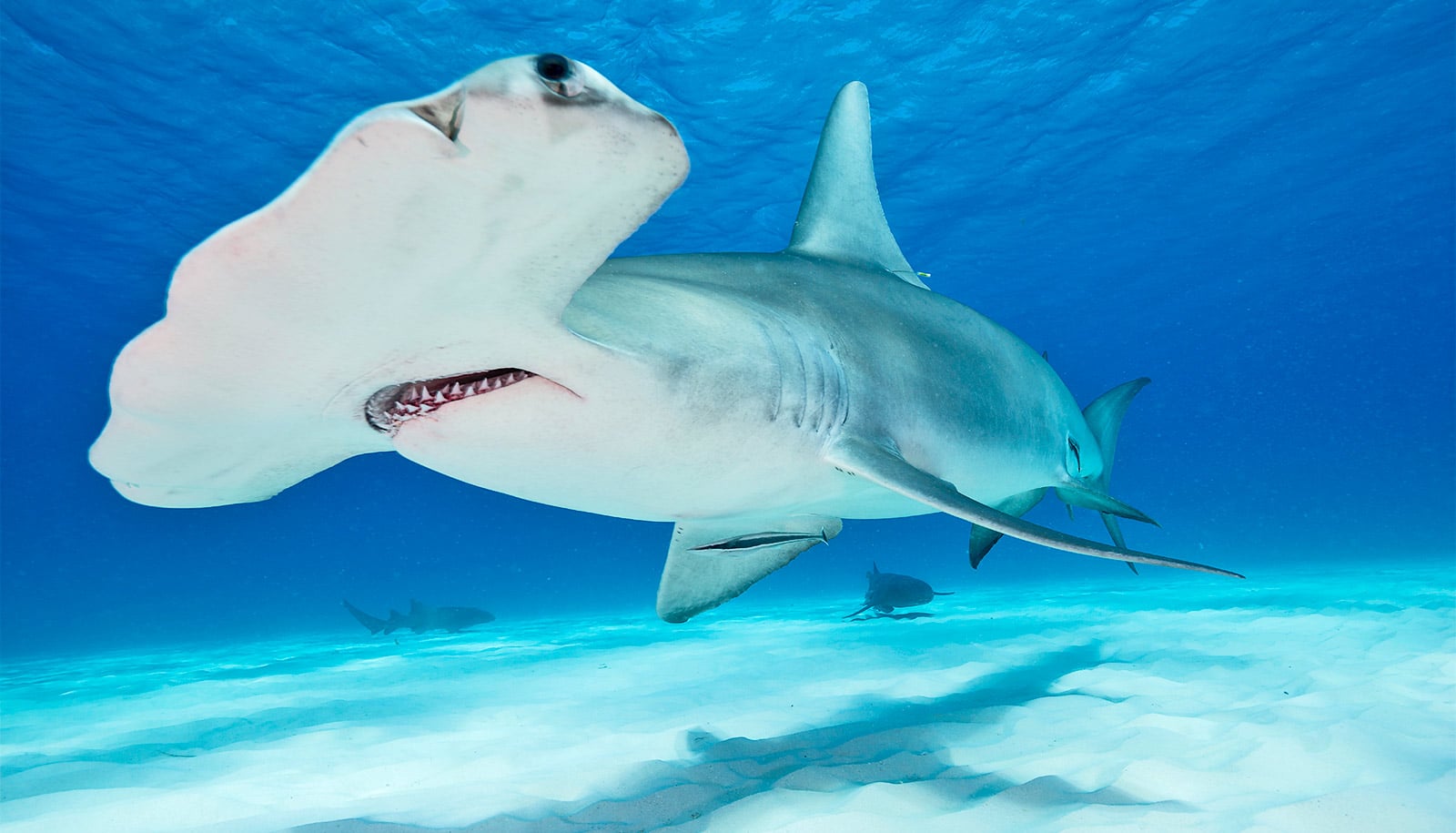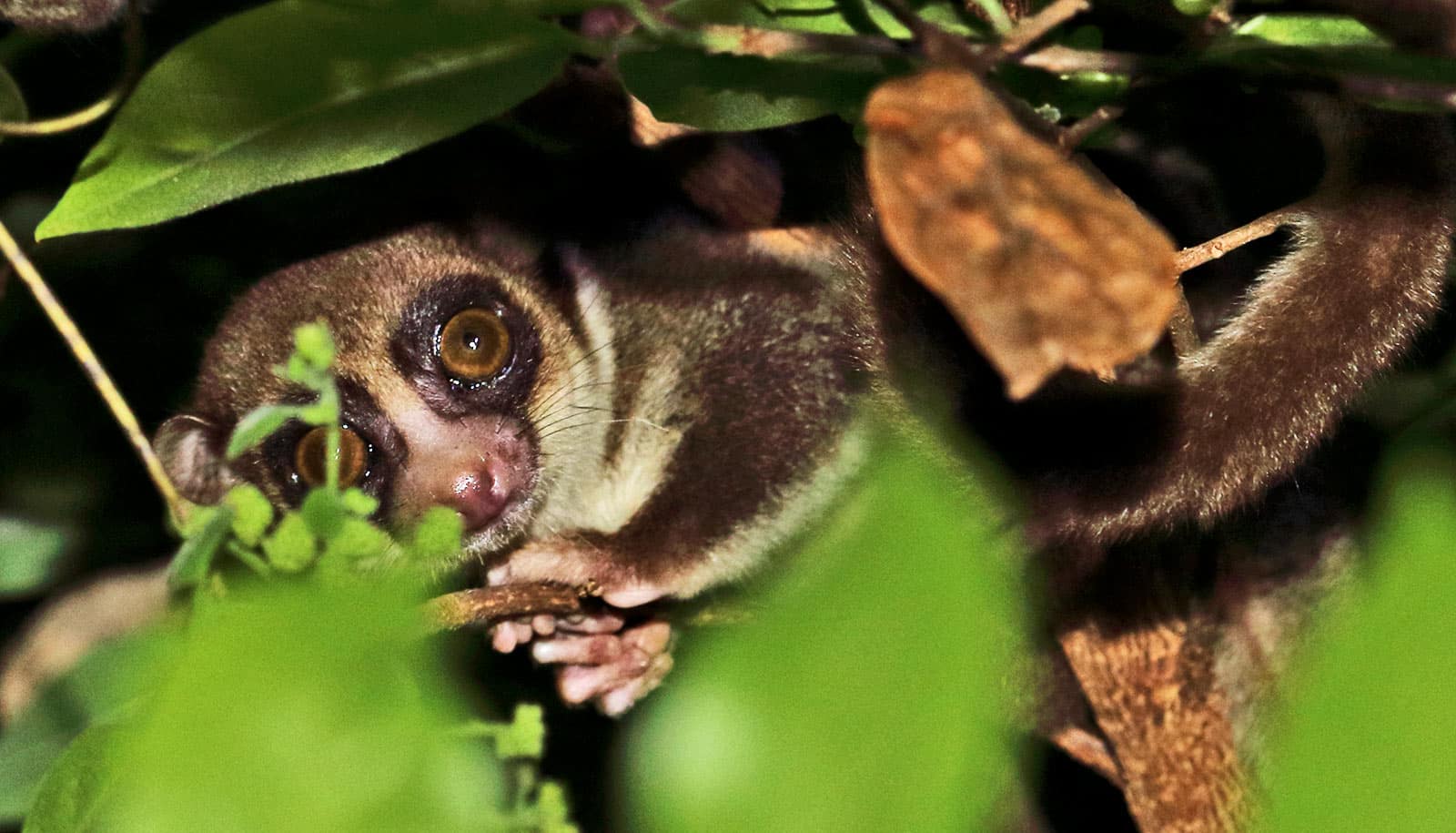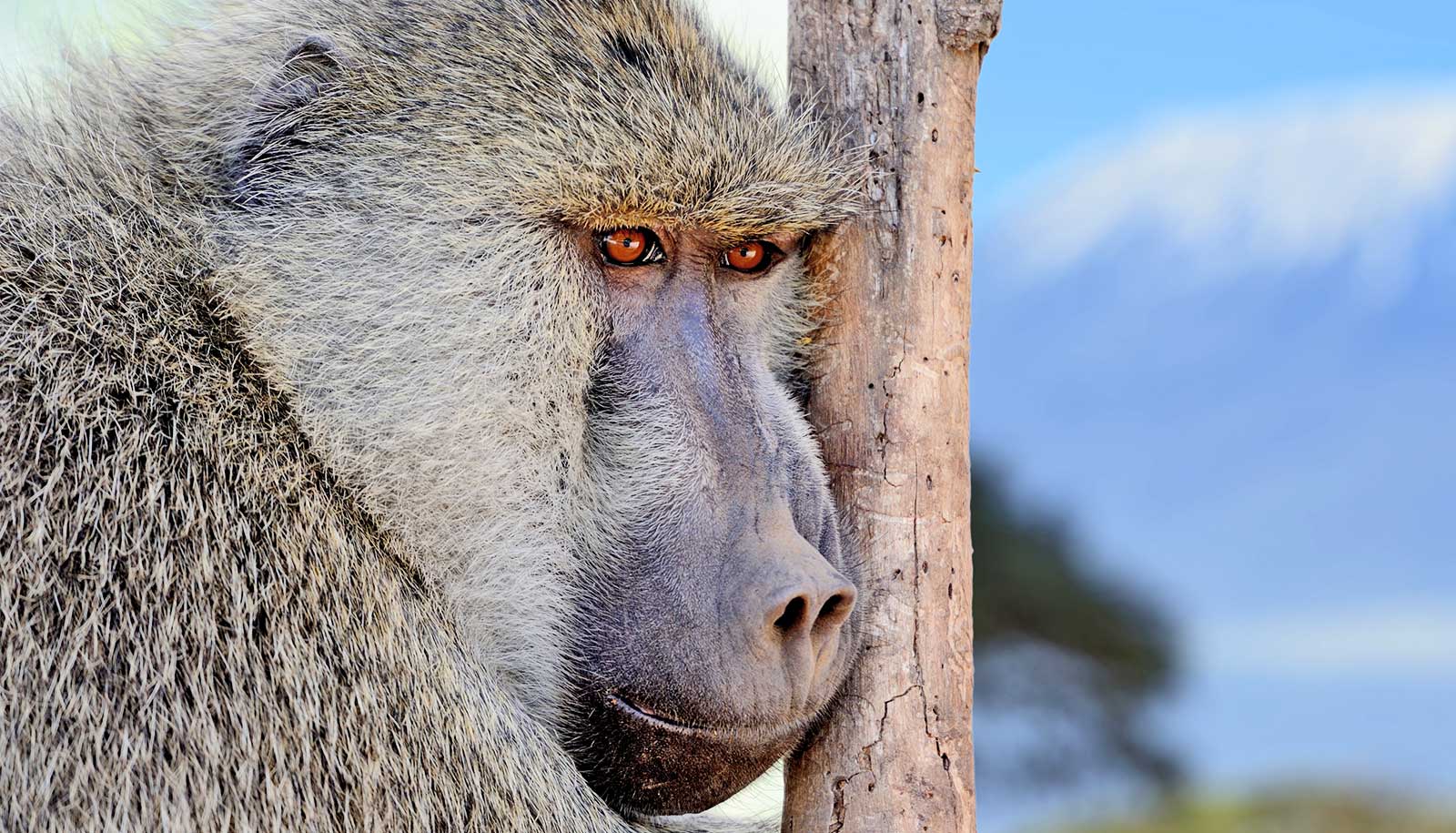Urgent action is needed to protect the world’s dwindling primate populations, experts warn.
Sixty percent of the more than 500 primate species worldwide are threatened with extinction, while more than 75 percent have declining populations.
“The majority of primate species are endangered now. We are at a turning point where we must take action or lose many species during the next 50 years,” says Thomas Gillespie, an associate professor in Emory University’s environmental sciences department and an expert in the disease ecology of primates.
“Primates are our closest relatives and make up a large proportion of the mammals of the world. If we lose them, not only do we lose a lot of insights into ourselves, we lose the ecological services that they provide.”
Endangered species wait 12 years to get on the list
The order primates—ranging from the tiny mouse lemurs of Madagascar to the massive mountain gorillas of Central Africa—is the third most diverse order of mammals, after rodents and bats. Primate species serve as seed dispersers, pollinators, predators, and prey to keep ecosystems in balance. For instance, monkeys are a big part of the diets of other rare animals—such as jaguars, leopards, and harpy eagles.
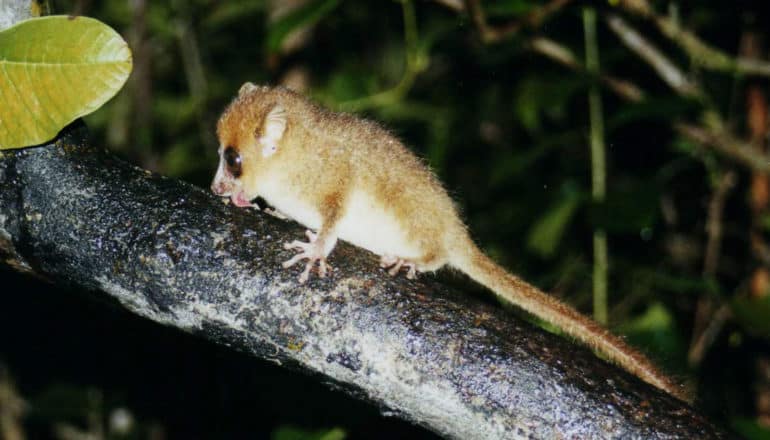
Primates are so prevalent in zoos and in media imagery, that many people are lulled into a false sense of security and do not realize how scarce they are becoming, Gillespie says.
The new study, published in Science Advances, details how escalating human activities are putting unsustainable pressures on primates and their habitats, including extensive forest loss due to the expansion of industrial agriculture and large-scale catting ranching, logging, oil and gas drilling, mining, dam building, and the construction of road networks for resource extraction.
In addition to habitat loss and poaching, disease is a major threat to many primate populations, and is often intertwined with the other two issues, Gillespie says.
“It’s important to try to keep primate habitats as intact as possible because when they become fragmented primates may be forced to come out and raid agricultural crops just to get enough to eat. And crop raiding leads to all kinds of conflict, such as fights between dogs and primates, and opportunities for fecal contamination.”
Genetic diversity can flag species in trouble
Work by Gillespie and his colleagues has found that human misuse of antibiotics is putting the Gombe chimpanzees at risk for antibiotic-resistant bacterial infections.
Among the pathogens threatening both humans and non-human primates are the malaria species Plasmodium knowlesi, which can cause disease in pigtail macaques in Southeast Asia; Ebola, which affects chimpanzees and gorillas in Africa; and yellow fever, which strikes brown howler monkeys in South America.
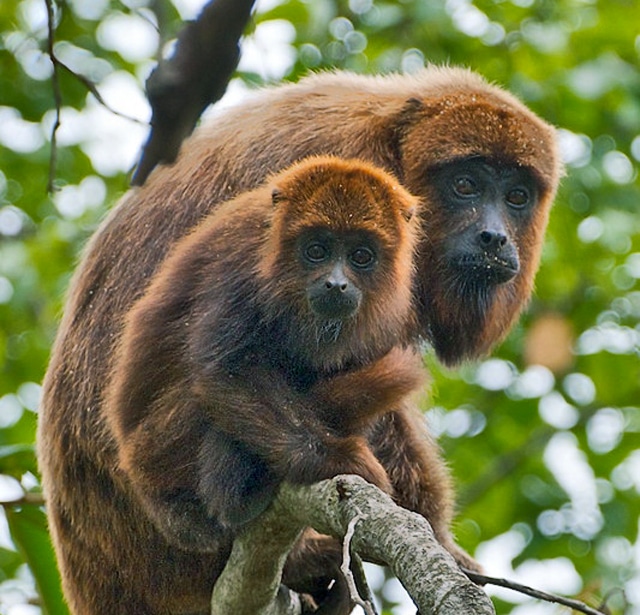
Most primates live in regions with high levels of human poverty and inequality, and researchers stress the need to improve human health and access to education, while also preserving traditional livelihoods that can contribute to food security and environmental conservation.
“If you help a local human population become healthier, you also reduce the potential for infectious disease in the surrounding wildlife,” Gillespie says.
The authors are calling on governmental officials, scientists, non-governmental organizations, businesses, and individual citizens to mobilize and raise awareness of the plight of the world’s primates.
“If humans continue to alter and degrade habitats such that they are unsuitable for our primate relatives, then these habitats will eventually become unsuitable for ourselves,” they conclude.
Source: Emory University
